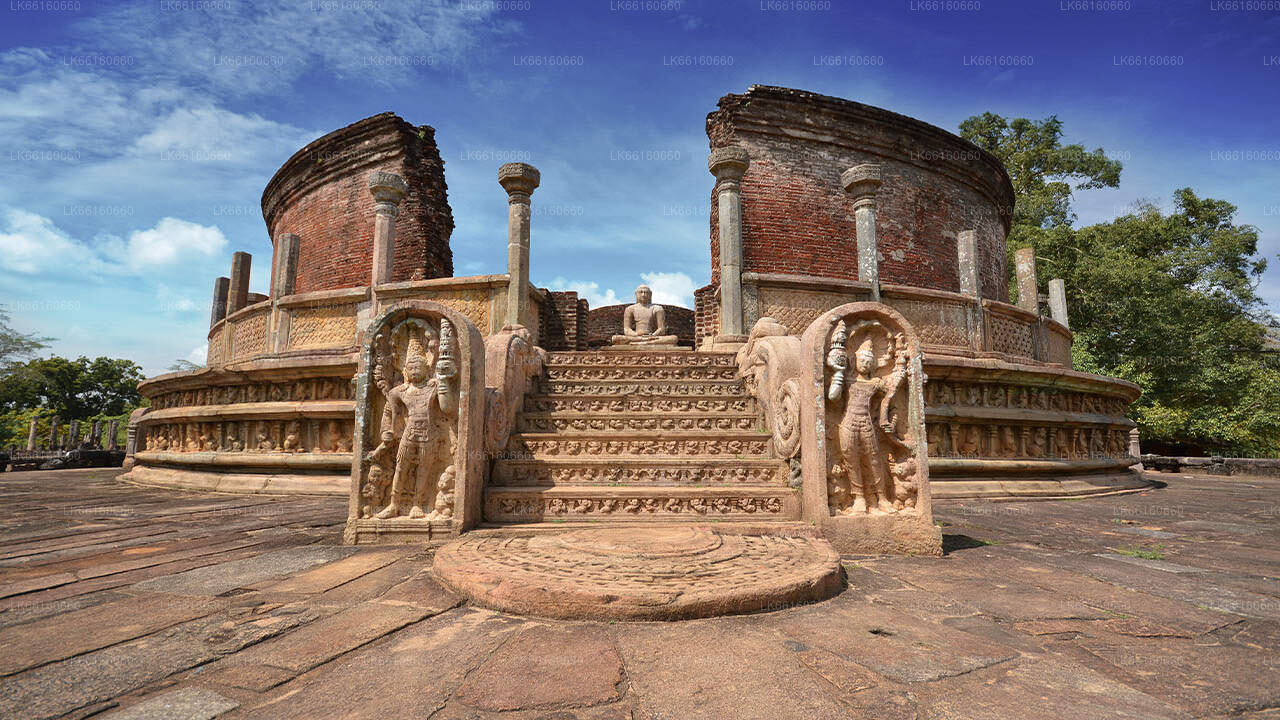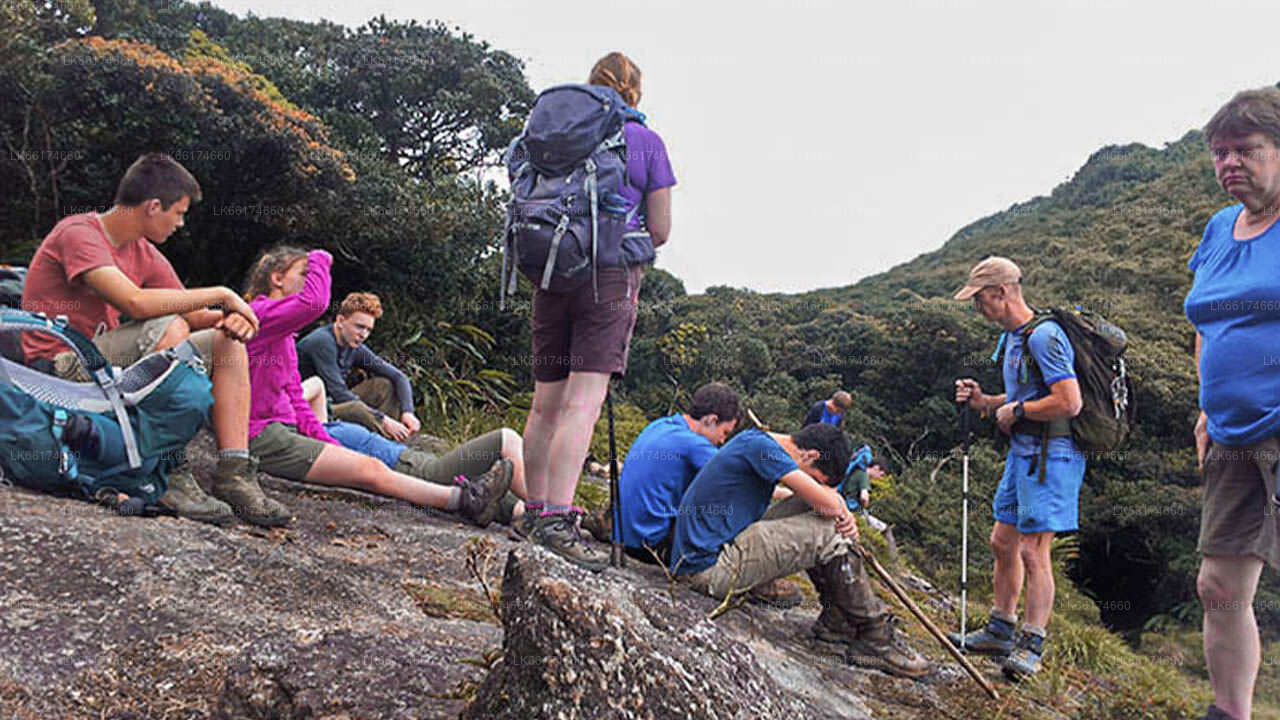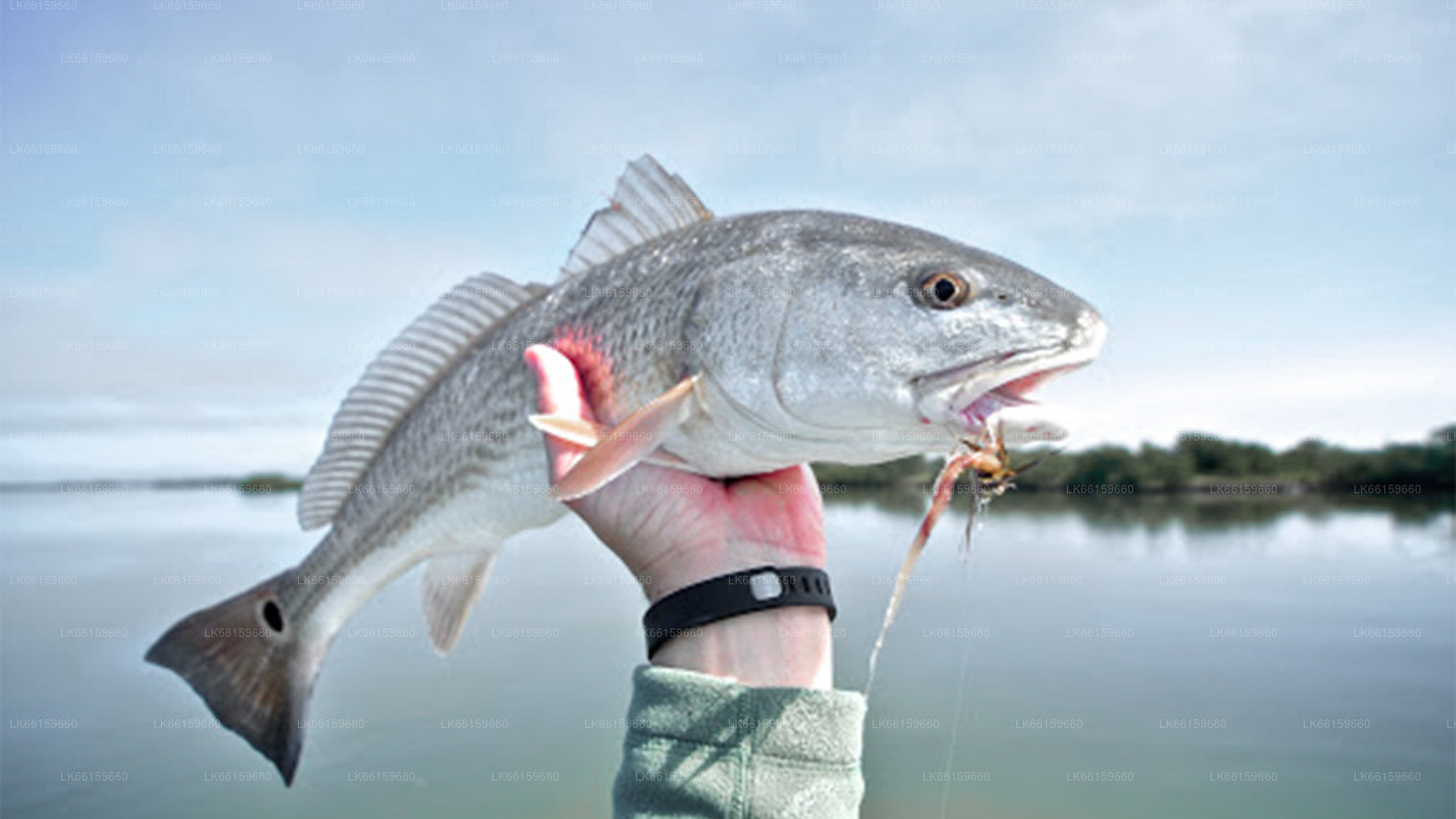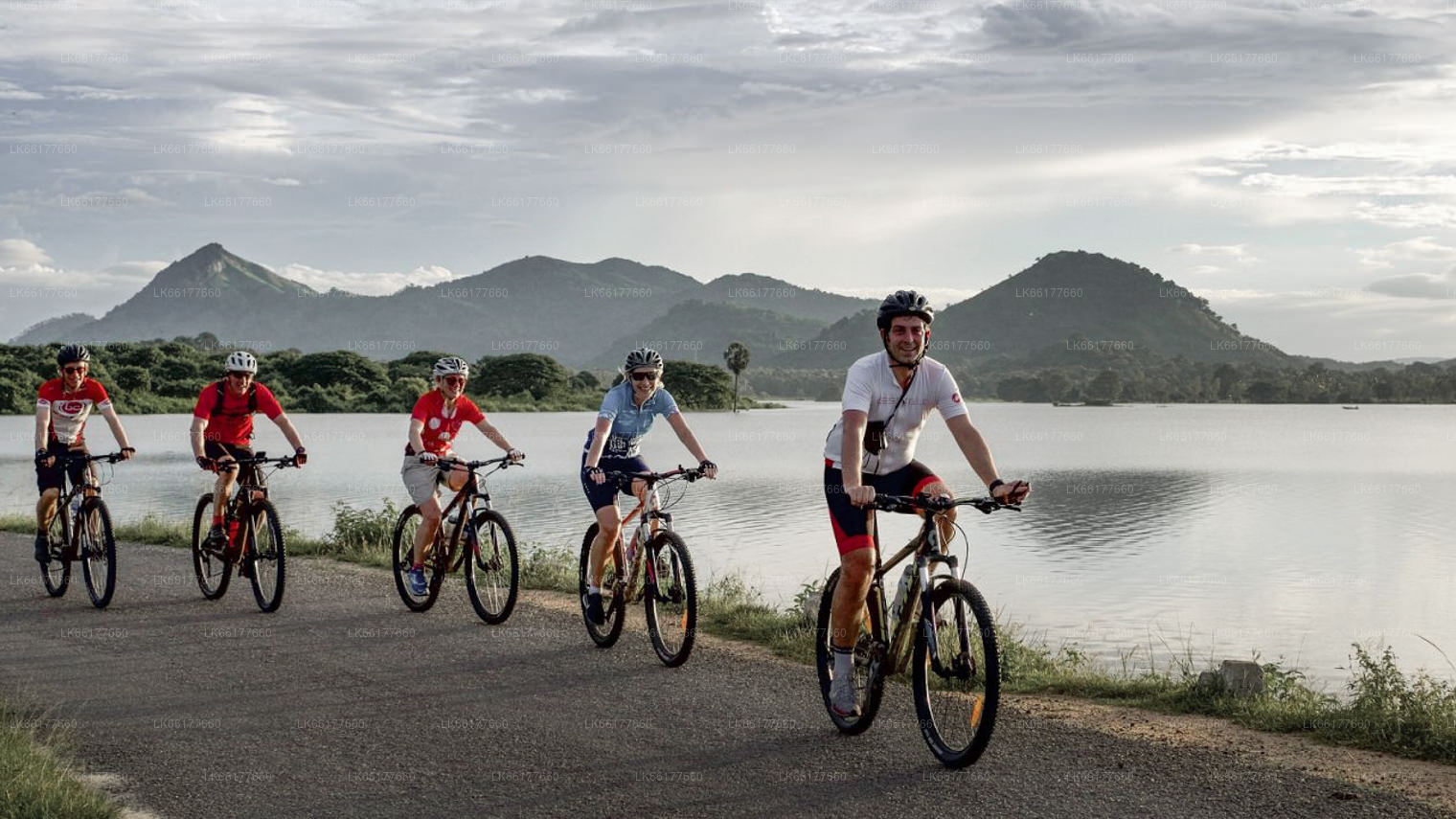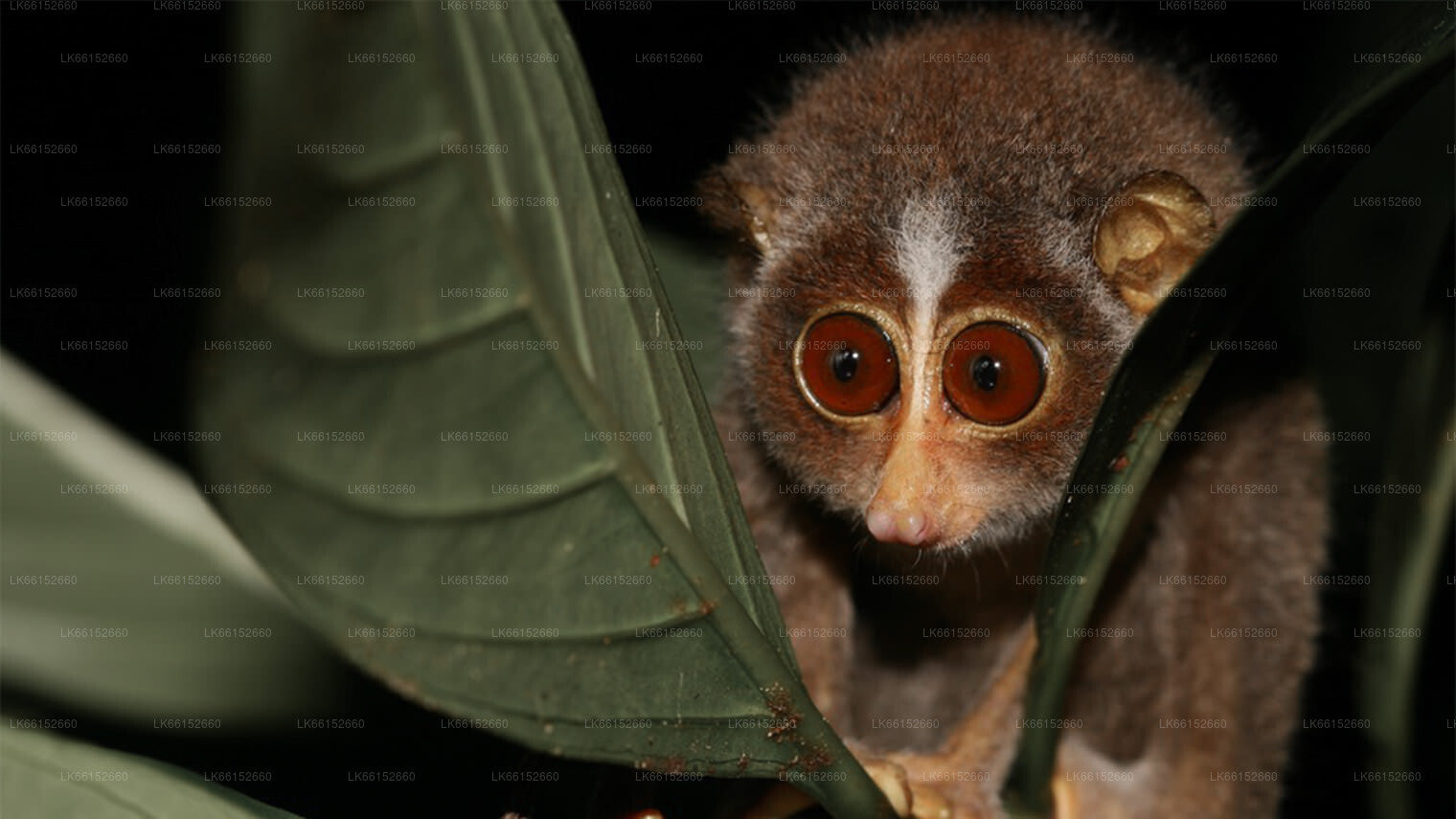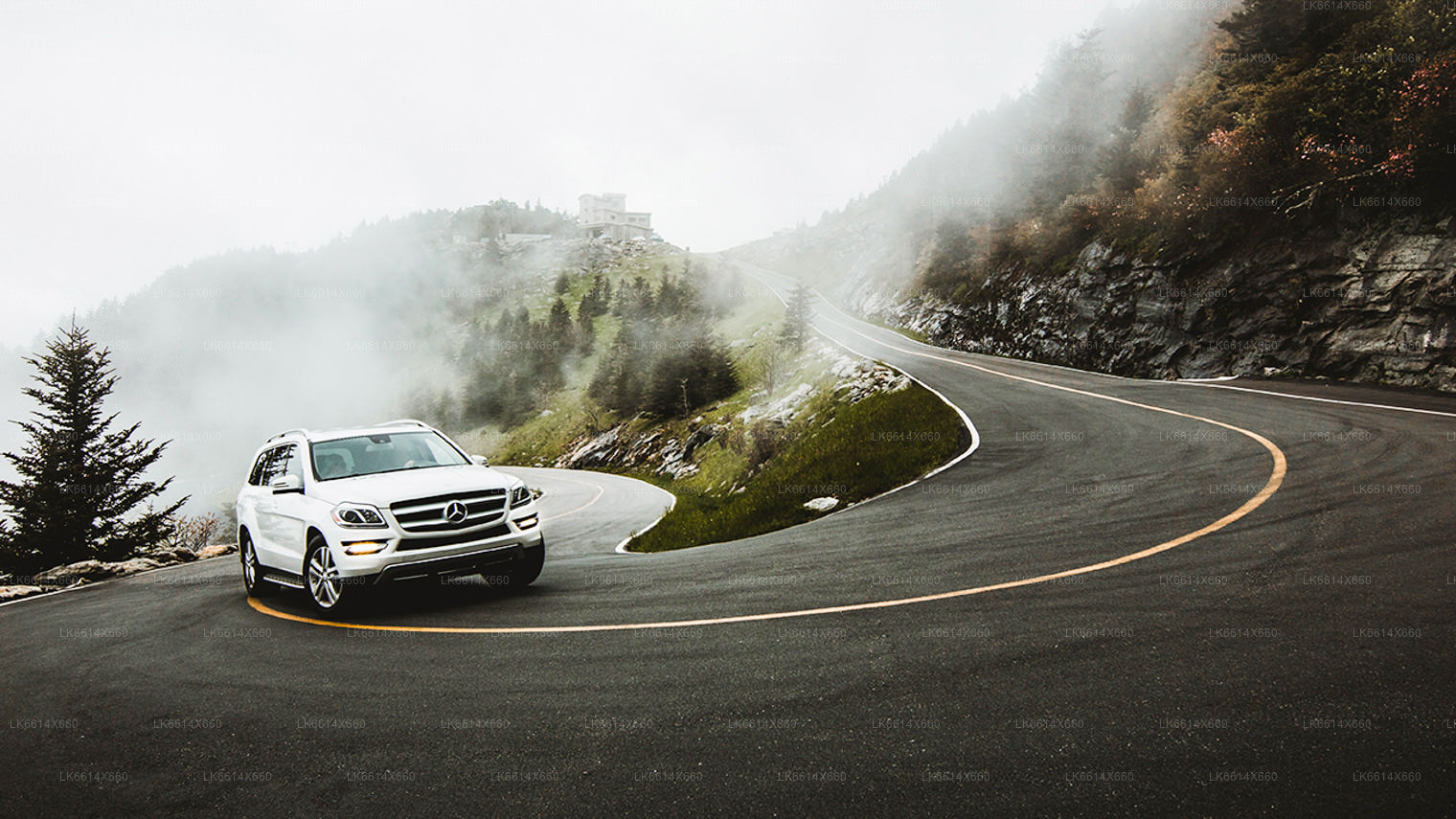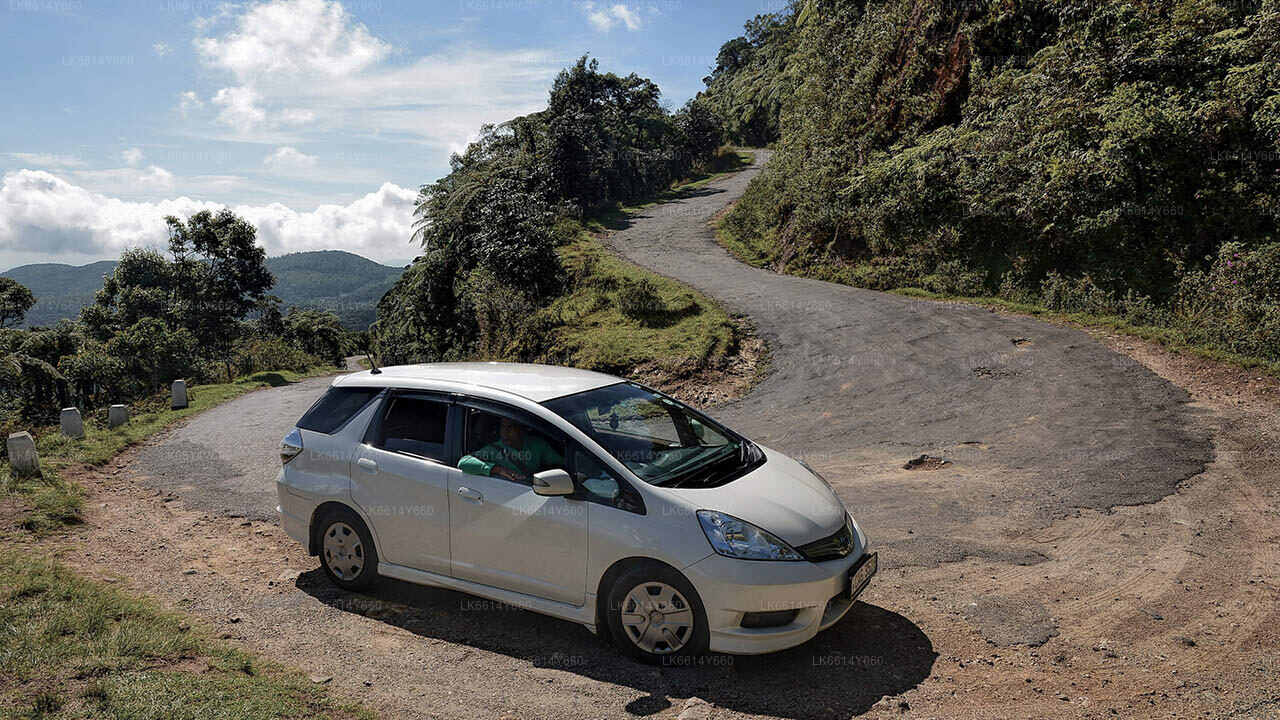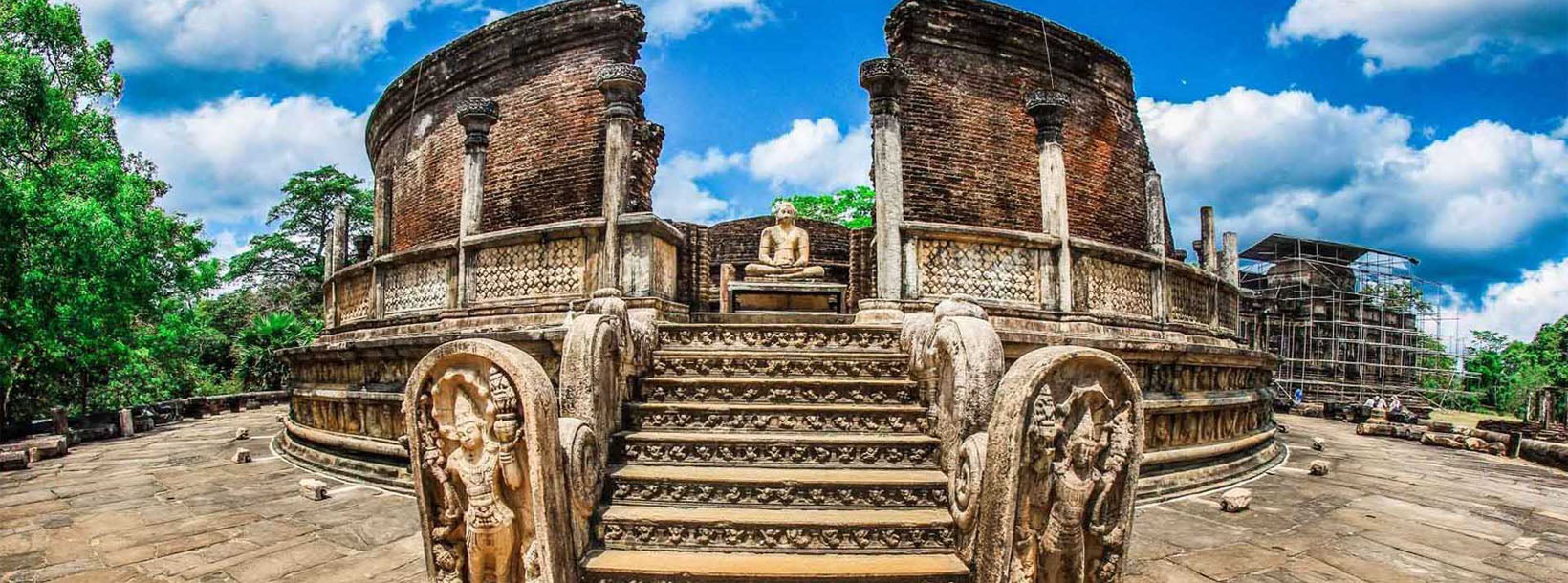
مدينة بولوناروا
بولوناروا، أحد مواقع التراث العالمي لليونسكو في سريلانكا، كانت عاصمة البلاد في العصور الوسطى (من القرن الحادي عشر إلى الثالث عشر). تشتهر بآثارها المحفوظة جيدًا، بما في ذلك تماثيل جال فيهارا الشهيرة، وتعرض عمارة رائعة تعكس عظمة الحضارة السنهالية القديمة.
Parakrama Samudra
Parakrama Samudra: The Sea of King Parakramabahu
Sri Lanka has two large monsoon seasons, each lasting about three months. The rest of year remains dry and hot, except for a few short heat induced thunderstorms at night. This climate, with its lack of regular water, can have a devastating effect on those who make a living from agriculture. Parakrama Samudra in Sri Lanka was one such solution to the problem of lack of water.In an attempt to alleviate this problem, many ancient kings built reservoirs that regulate water. Parakrama Samudra too is such a construction built in Polonnaruwa by King Parakramabahu the first who ruled there from 1153 AD to 1153 AD. The Sea of Parakrama or Parakrama Samudra originally consisted of five large reservoirs which relieved the pressure on the main dam. The first reservoir Thopa Vewa already existed in King Parakramabahu’s time having been built in 386 AD. The king had the other large reservoirs included and the entire system expanded. In addition, many smaller reservoirs were built around the primary reservoirs to feed them water and to take away any excess water.
Parakrama Samudra:The Main Reservoirs of the Original Parakrama Samudra
1. Thopa Vewa
2. Eramudu Vewa (Katu Vewa)
3. Dumbuthula Vewa
4. Kalahagala Vewa
5. Bhu Vewa
However, during reconstructions in the 19th century the water being fed to Thopa Vewa started flowing to Bhu Vewa as a result of some new structural error. With a possibility of destruction from flooding hanging over their heads, the engineers made the quick decision to build a temporary dam to halt the water flow. Unfortunately this separated the last two reservoirs, Kalahagala Vewa and Bhu Vewa, from the system completely. The temporary dam became a permanent road isolating the first three reservoirs into a smaller version of the originally vast Parakrama Samudra. In addition the reconstructions further reduced the capacity of the reservoir due to completely ignoring the complex ancient technology it was built with.
Parakrama Samudra:The Current Dimensions of Parakrama Samudra
Length : 14km (8 ½ miles)
Height from the outside : 12.2m (40 feet)
Average Depth : 25 feet
نبذة عن منطقة بولوناروا
بولوناروا هي ثاني أكبر مدينة في مقاطعة شمال وسط سريلانكا. وقد أدرجتها اليونسكو ضمن قائمة التراث العالمي. لبولوناروا تاريخ عريق من الفتوحات والنضال، وهي تُشكل بحق العنصر الثالث في المثلث الثقافي. تقع بولوناروا على بُعد حوالي 140 كيلومترًا شمال شرق كاندي، وتُقدم لعشاق التاريخ والثقافة ساعات لا تُحصى من المتعة، بفضل ما تضمه من معالم سياحية قيّمة.
يُنسب الفضل في الكثير من الآثار المادية القائمة اليوم إلى الملك باراكراما باهو الأول، الذي أنفق موارد ملكية كبيرة على تخطيط المدن، بما في ذلك الحدائق والمباني وأنظمة الري وغيرها. تُعتبر فترة حكمه عصرًا ذهبيًا، حيث ازدهرت المملكة وازدهرت في ظل حاكم ذي رؤية ثاقبة. باراكراما سامودرا عبارة عن حوض ضخم سُمي على اسم راعيه. يعكس القصر الملكي الشهير للملك، وقاعة الاستقبال المُحاطة بأفيال حجرية منحوتة بشكل جميل، وحوض الاستحمام، القدرات الهندسية الفائقة في ذلك العصر.
نبذة عن مقاطعة شمال الوسط
تُعدّ مقاطعة شمال الوسط أكبر مقاطعات البلاد، وتغطي 16% من إجمالي مساحة البلاد. تتكون المقاطعة من مقاطعتين هما بولوناروا وأنورادهابور. تُعدّ أنورادهابور أكبر مقاطعة في سريلانكا، حيث تبلغ مساحتها 7,128 كيلومترًا مربعًا.
تتمتع مقاطعة شمال الوسط بإمكانيات هائلة للمستثمرين لبدء أعمالهم، وخاصةً في قطاعات الزراعة والصناعات الزراعية وتربية الماشية. يعتمد أكثر من 65% من سكان مقاطعة شمال الوسط على الزراعة الأساسية والصناعات الزراعية. يُطلق عليها أيضًا اسم "ويو بيندي راجي" نظرًا لوجود أكثر من 3000 خزان متوسط وكبير الحجم في المقاطعة. سري ماها بودييا، ورووانويلي سييا، وثوباراما داجيبا، ودير أباياجيري، وبولونارووا رانكوت ويهيرا، ولانكاثيلاك.









